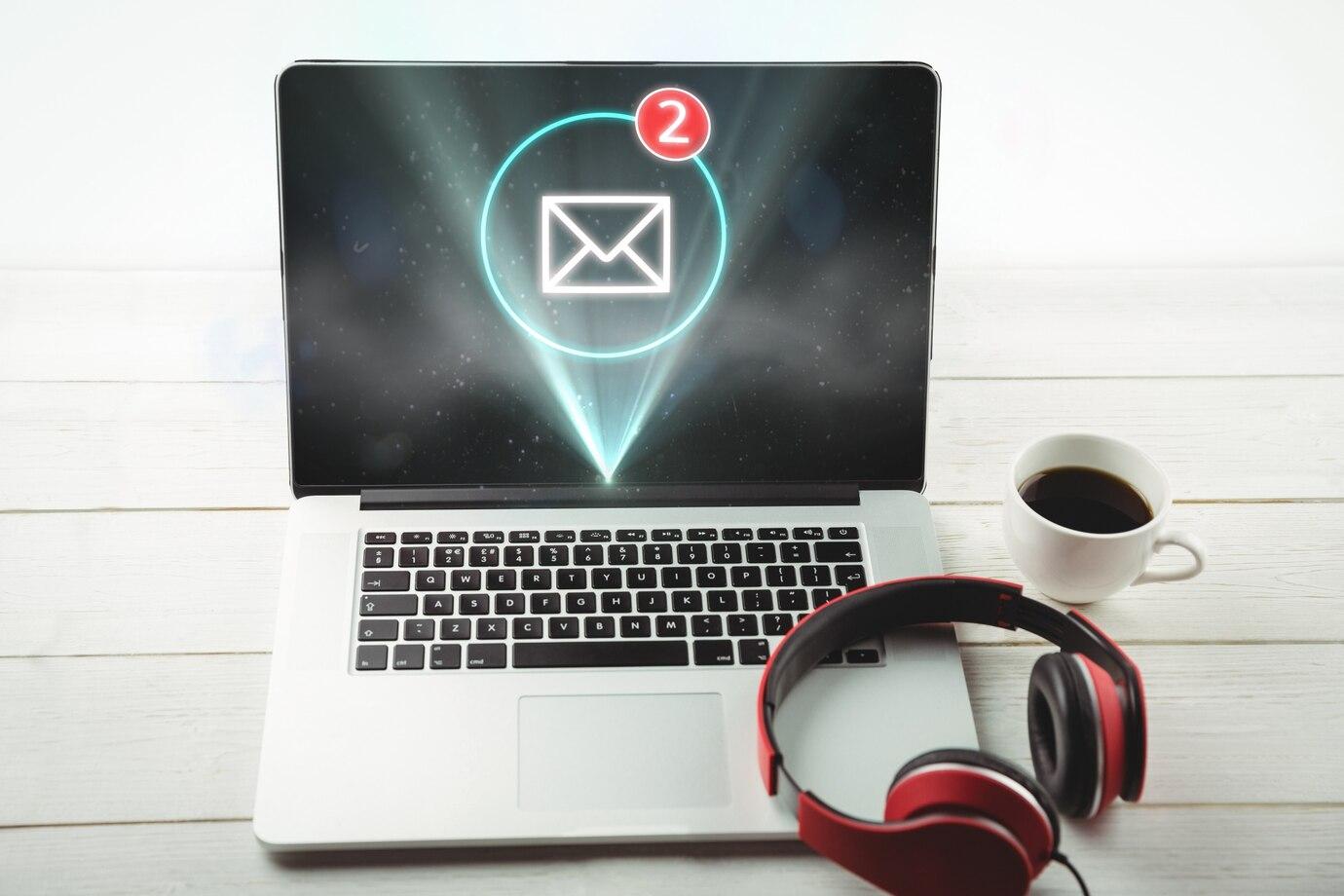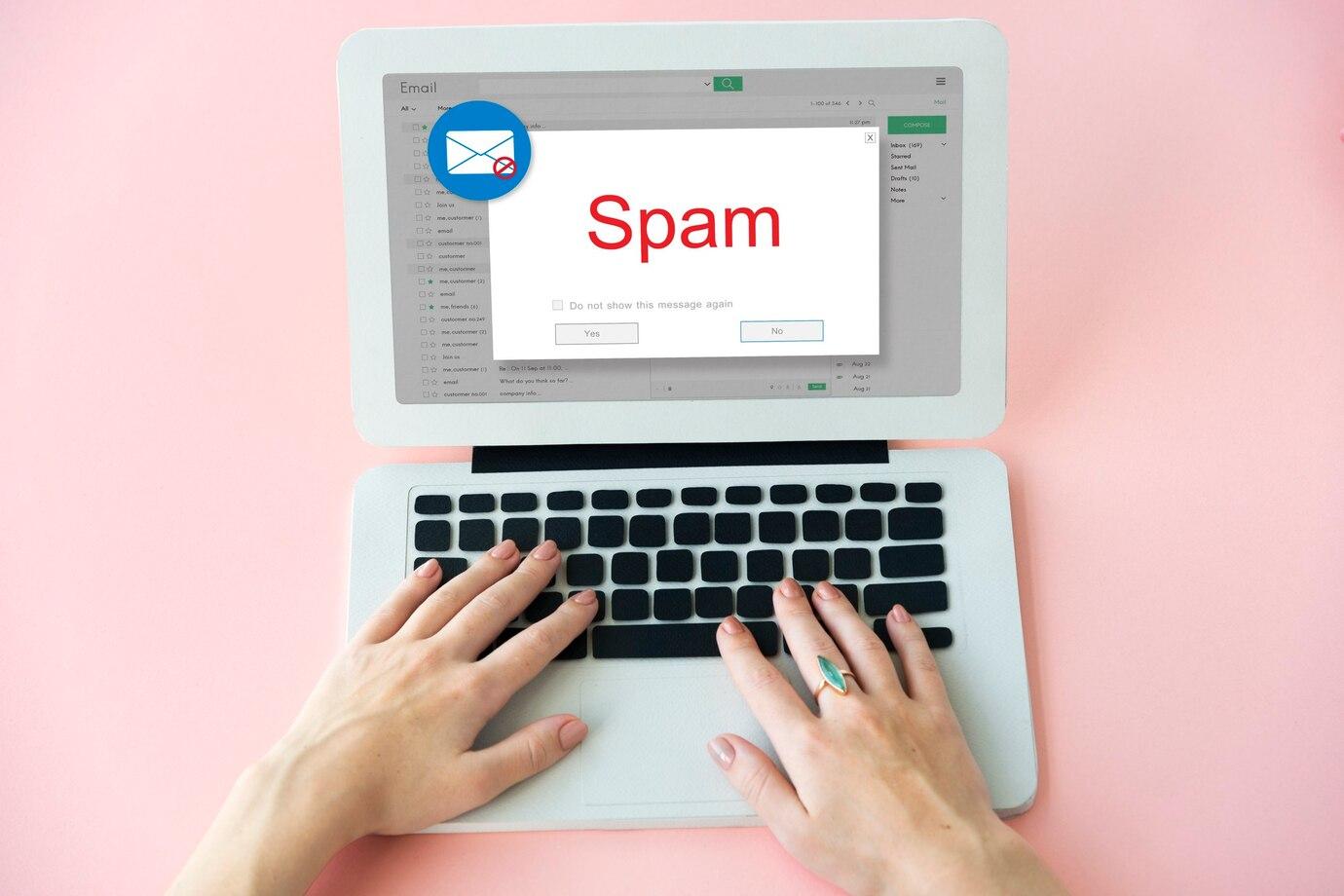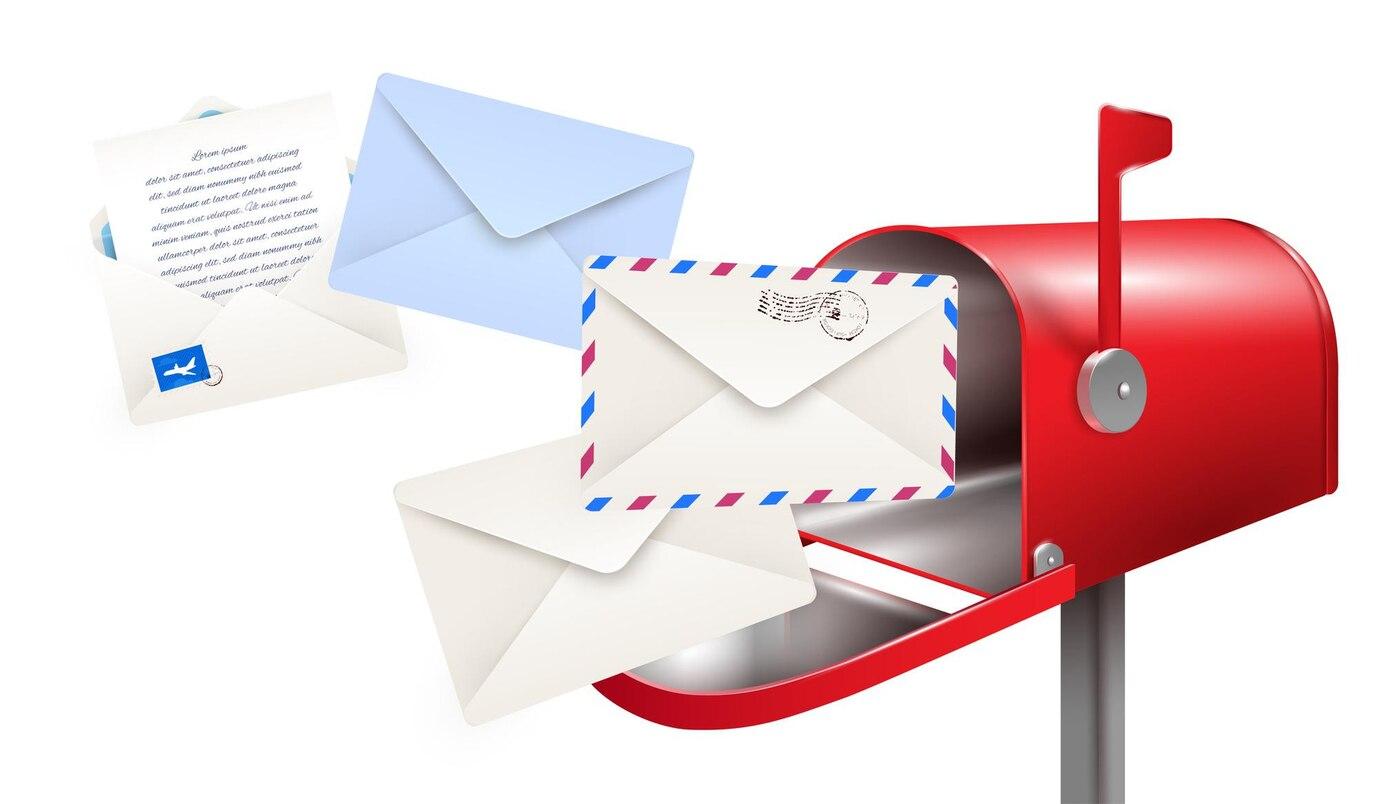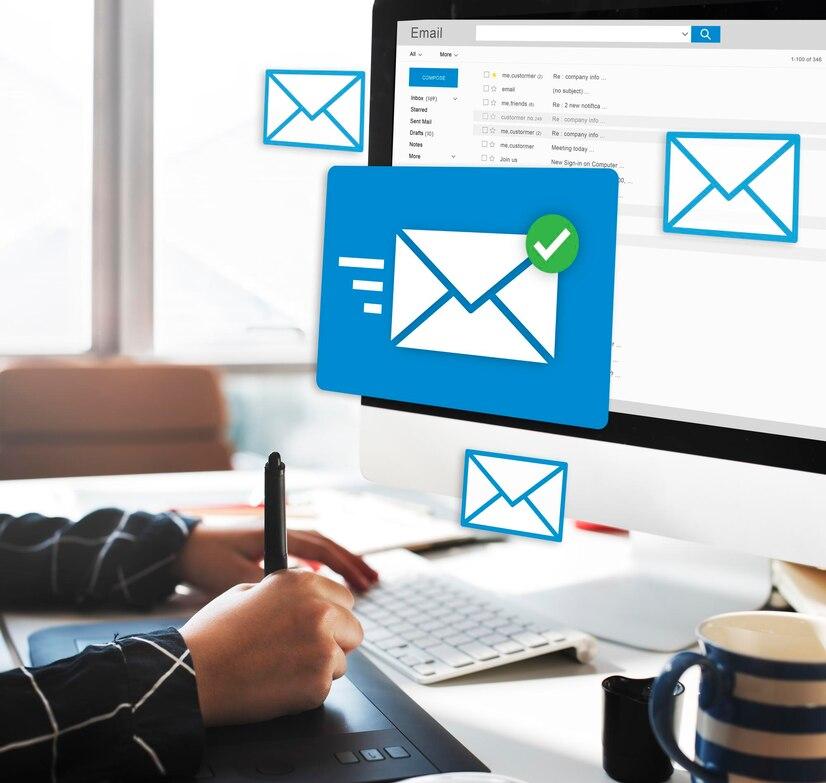In today's digital world, email remains one of the most popular and convenient means of communication. Unfortunately, this platform is often used by scammers to carry out financial scams. One of the most common methods of such fraud is phishing.
What is Phishing?
Phishing is a method of internet fraud through which scammers gain access to personal confidential data by deceiving the victim. Scammers create fake emails that appear to be sent from trusted organizations, such as banks, online stores, or social networks. These messages may contain links to fake websites where users are prompted to enter their information, unaware of the scam. The key element of phishing emails is the imitation of a well-known brand or company. For example, fraudsters may create messages that look like an official letter from your bank, claiming that you need to confirm personal information. These messages usually contain a link to a site that visually resembles the real one, but in fact, it is a trap to collect data.

Fake Bank Emails: How Does It Work?
Fake bank emails are one of the most common types of phishing. Scammers may send emails pretending to be from well-known financial institutions, providing the victim with false information about issues with their account, the need to update information, or other reasons for action. Most often, these messages contain a link to resolve the issue mentioned. Note that financial institutions never require confidential information via email, such as passwords or credit card numbers. If you receive such an email, do not click the links or respond to it. Instead, contact your bank directly through the official website or phone number.

Fake Invoice Scams
Financial scams through fake invoices are also a very popular method of deception. In this case, the email may contain information that you need to pay a certain amount for a provided service or product that did not actually exist. Considering the success of such schemes, they can become more complex and convincing. For example, scammers may send emails informing the victim of nonexistent debts or payment obligations. In some cases, scammers may even create fake documents and invoices that are easy to mistake for real ones. Therefore, if you receive such emails, always double-check the information by contacting official sources.

How to Recognize Phishing Emails?
Recognizing phishing emails can be challenging, especially if they look very professional. However, there are several signs that can help identify fraudulent messages. It is important to pay attention to the following:
- Sender's address. Scammers often use addresses that slightly differ from the real ones. For example, instead of bankname.com, it might be bankname123.com or bank-name.com. Pay attention to the details of the address.
- Errors and typos. Fraudulent emails often contain grammatical or spelling errors that are not typical for official communication. Pay attention to the style and quality of writing.
- Urgency of actions. Scammers often try to create a sense of urgency, forcing you to act quickly. If the email appears to require immediate action, stop and verify its authenticity.
- Link to a fake website. Clicking on a link should raise suspicion. If you see a suspicious URL, it's better to manually enter it in the browser's address bar or directly visit the official company's website.
- Request for personal information. If the email asks for personal data, such as passwords, credit card numbers, or documents, this is a clear sign of fraud. Reliable companies never request such information via email.

Protection from Email Scammers
There are several ways to protect yourself from email scammers and minimize risks:
Software Updates
Regularly update your operating system, antivirus software, and applications. This will help protect your device from viruses and other attacks.
Ensure Secure Access to Mail and Data
If your email or bank account supports multi-level authentication, be sure to activate it. This will add an extra layer of security to your accounts.
Do Not Trust Suspicious Emails
Be cautious of messages that appear suspicious. If you have any doubts, simply ignore such links and do not rush to take any actions.
Regularly Monitor Bank Accounts
We recommend consistently monitoring activity on your accounts. If you notice any unauthorized transactions, immediately contact the bank.
Awareness and Information
Education and constant awareness are some of the most effective ways of protection. We recommend learning more about phishing risks and be sure to warn others, sharing information on how to avoid becoming a victim of phishing emails and attacks.
Financial scams through email, particularly phishing, pose a serious threat to users and organizations. However, recognizing fraudulent emails and using reliable protection methods can significantly reduce risks. Remember that your attention and vigilance will always be important tools for protecting your funds and personal information. Stay alert and do not let scammers deceive you. Protect yourself by taking precautions and staying informed about various types of fraud.
